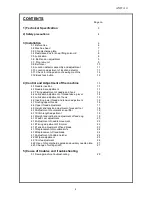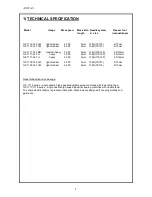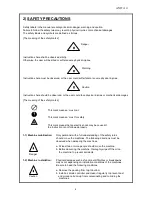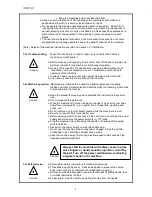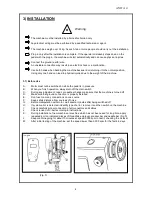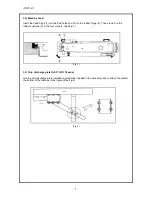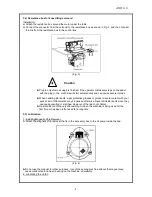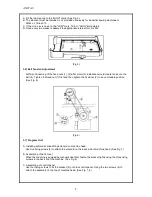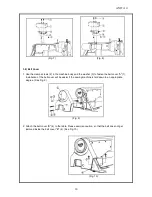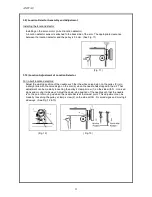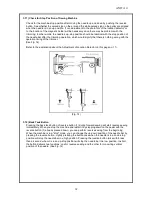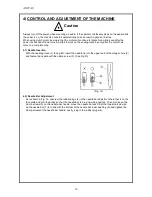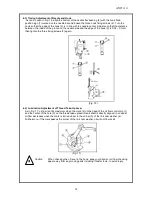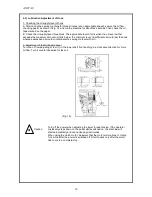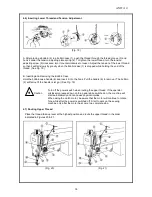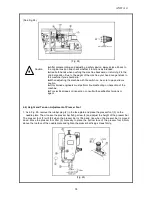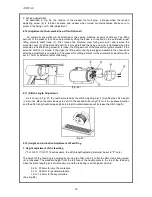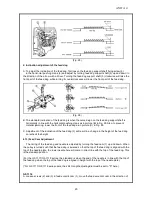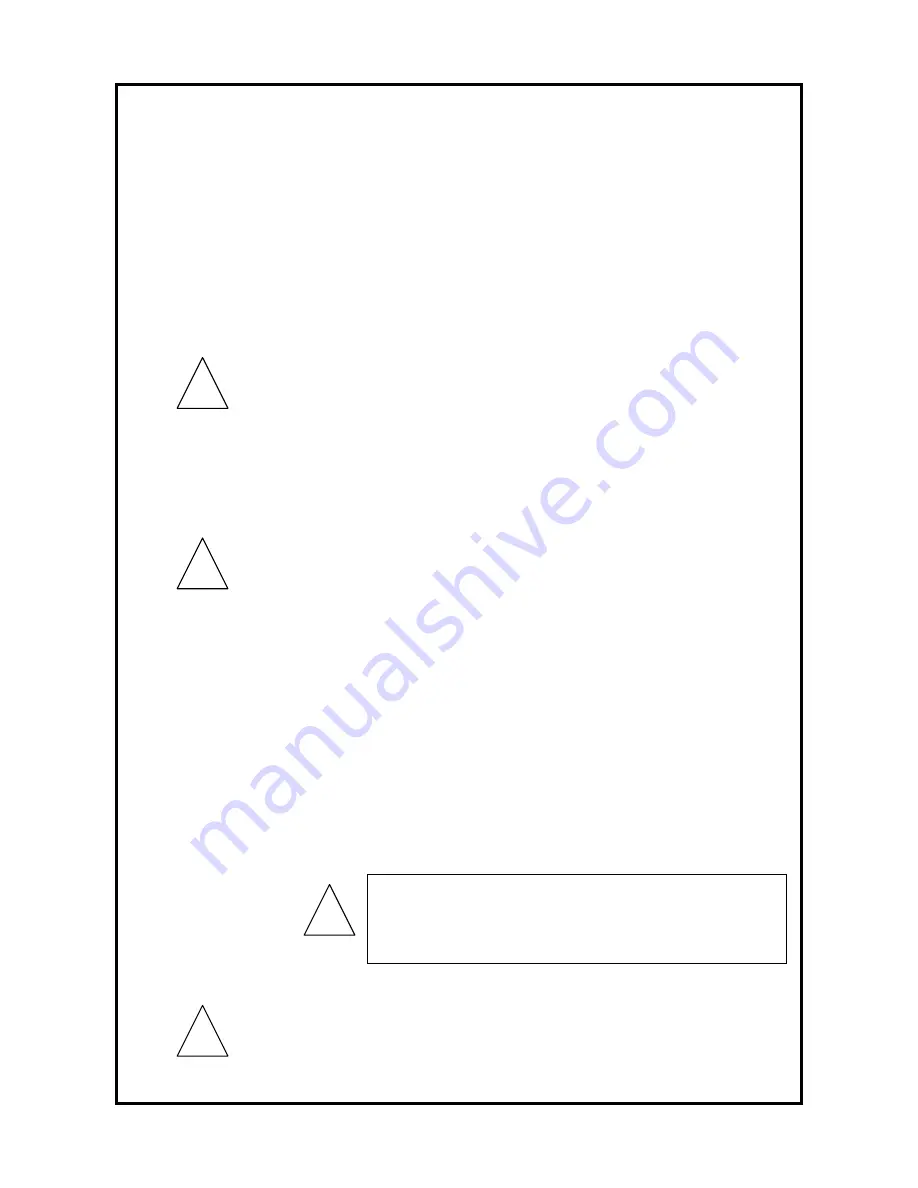
ANITA ©
5
c. Keep the machines away from direct sunlight.
d. Keep a minimum distance of 50cm between the machine at both sides and
backside and the wall to secure sufficient space for repair.
e. Do not operate the machine near areas with danger of explosion. Refrain from
running the machine in the vicinity of risky places, e.g., where a large quantity of
aerosol-spraying products or oxygen are handled, unless specific quarantees are
given otherwise for the operation of the machine to prevent explosion at such
places.
f. The user should install an illuminator in the work area for the machine not come
supplied with any lighting apparatus due to the specific features of the machine.
[Note] Details of the machine installation are laid out in section 3) Installation.
1-3) Troubleshooting:
When the machine is in need of repair, only our authorized service
technicians must handle it.
a. Before cleaning and repairing the machine, shut off the power supply and
wait four minutes for the machine to discharge completely.
b. No part of the machine or specifications may be modified without prior
Danger consultation with our company. Any such modification could risk safe
operation of the machine.
c. In case of repair, replace only with original Garudan parts from Anita.
d. After repair, put safety covers back on the machine.
1-4) Machine operation:
Machines are intended to be used for industrial purposes for sewing
textiles and other similar materials. Carefully study the following instructions
before operating the machine.
a. Read the manual thoroughly and understand the instructions fully before
use.
Caution
b. Put on proper safety garments.
c. While the machine is in motion, keep your hands or any part of your body
away from moving parts , e.g., needle, hook, thread take-up spring and
pulley, etc.
d. Do not remove any form of safety covers while the machine is in use.
e. Be sure to connect the ground (earth) wire.
f. Before opening electric boxes such as the control box, shut down the power
supply and make sure the power switch is in "off" mode.
g. Stop the machine before threading the needle or checking after sewing
work is finished.
h. Never turn the power switch on with the pedal down.
i. Do not use the machine if the cooling fan is clogged. Clean the air filter
embedded in the control box at least once a week.
j. Keep the machine away from strong electromagnetic fields such as high-
frequency welding machines.
Caution
1-5) Safety device:
a. Safety label: Safety instructions for machine operations
b. Thread take-up spring cover: A device designed to prevent the human
body from coming in contact with the thread take-up spring
c. Belt cover: A device intended to avoid potential risks of getting hands, feet
or clothes jammed by the belt
Caution
d. Finger guard: A device built to keep fingers away from the needle
!
!
!
Always start the machine with safety covers in place
since fingers or hands could be injured or cut off by
the belt. Turn off the power switch when conducting
a regular check on the machine.
!
Summary of Contents for GF-1116 Series
Page 30: ...ANITA 30...


